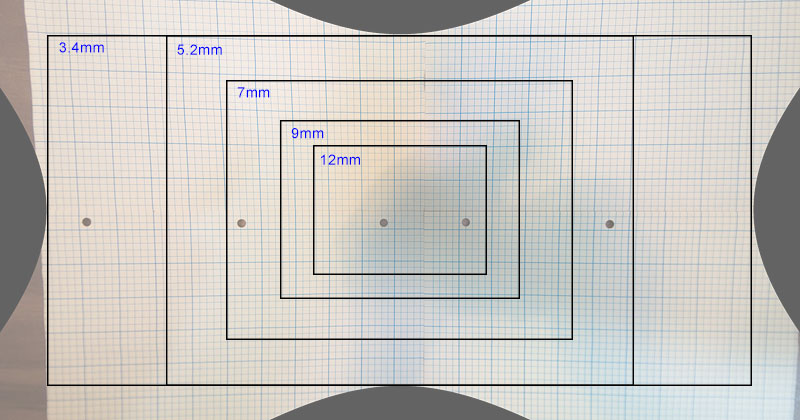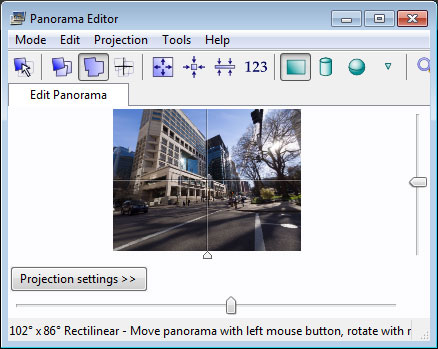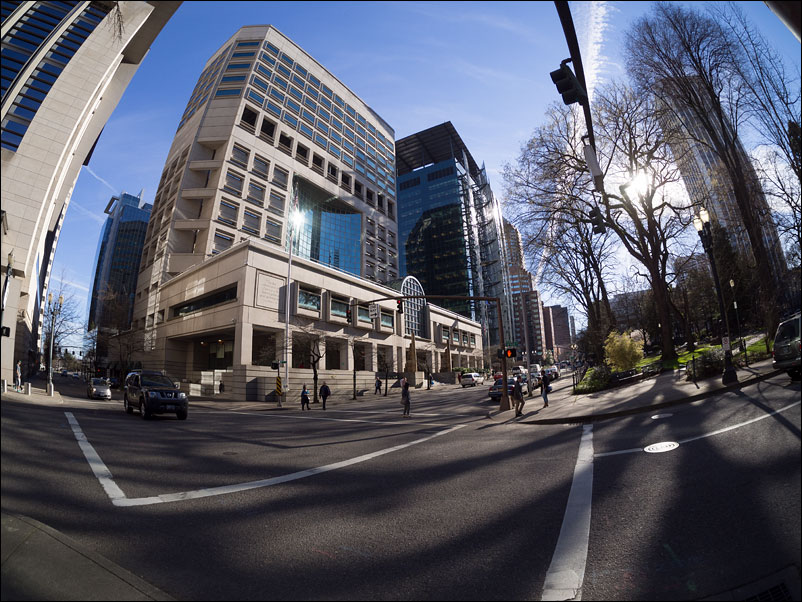Fisheye Defished
Images taken with a fisheye lens can be processed to yield a rectilinear image where straight features, such as walls or buildings, appear straight in the image. Processing can be done in software such as Hugin, PTGui, or PTLens. For purposes of this article PTGui will be used.
Although image quality takes a hit, especially at the edges, results can be quite satisfactory. For purposes of illustration I will be using a µ4/3 camera equipped with a Samyang 7.5mm fisheye lens. The following image illustrates the distortion produced by this lens.
This photograph was processed with PTGui to form a rectilinear image.
Using the Angular Field of View Calculator, published by Max Lyons, the horizontal and vertical field of view for several focal lengths are listed in the following table. Multiply the focal lengths by a factor of 2 for equivalent full frame values.
Flen
(mm)Hfov
(deg)Vfov
(deg)3.4 137 102 5.2 118 102 7 102 86 9 88 72 12 72 57
The 3.4mm focal length represents the focal length for the maximum Hfov of this lens. The remaining crops are sized 4:3, the width/height ratio for sensors in µ4/3 cameras. With this ratio the widest coverage corresponds to a 5.2mm lens. This is also the FOV produced by PTLens (Distortion = 137, Crop = 19). The desired field of view can be adjusted in the PTGui Editor by moving sliders. In this case the FOV for a 7mm lens (102° x 86°) has been specified.
Click on the radio buttons to view each image. Click on the yellow links for a larger view.
It's best to use focal lengths of 9mm or less. Longer focal lengths require more cropping and, as a result, less detail is revealed. But hey, what's not to like. A small (2.2" x 1.9") light-weight (7oz) lens that can double as a fisheye or ultra wide-angle lens. I'm sold!
Tom Niemann
Portland, Oregon
epaperpress.com



